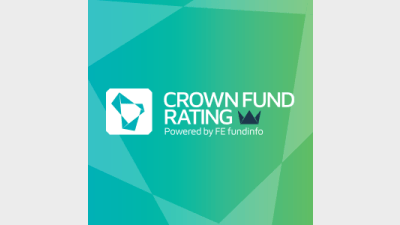Who lays claim to the throne?



IOOF now leads the way with the most five Crown rated funds with nine, as the two fund managers with 10 or more five Crown funds from the last rebalance – IPAC Asset Management and Macquarie dropped to four and six respectively.
IOOF’s new additions to the five Crown pantheon were MultiMix Moderate, MultiSeries 50, MultiSeries 70 and MultiSeries 90.
This was in addition to their previous five Crown rated funds which it had managed to retain; Strategic Cash Plus, Specialist Property, Balanced Investor Trust, MultiMix Balanced Growth and MultiMix Growth.
Dan Farmer, chief investment officer for IOOF, said the firm’s diversified fixed interest portfolios had been comprehensively reshaped over the last couple of years.
“We’ve moved away from benchmark-focused managers and looked to more absolute return strategies focused on relative value and more opportunistic investment strategies.”
“We’ve had a strong allocation to direct property, we manage direct property internally and that portfolio has had strong returns over the years which has helped all those funds,” Farmer said.
“We’re active with how we position our asset allocations and timeframe is important, we tend to look at a 12-18 month horizon.”
Zurich retained all five of its five Crown rated funds, these were Unhedged Global Growth Share Scheme, Global Growth Share, Concentrated Global Growth, Unhedged Global Growth Share and Global Growth Share Scheme.
Matthew Drennan, head of investments Zurich Australia, said it was a “fantastic compliment”, not only on the strength of the performance, but on the strength of the investment process.
“It’s a very unique process where they’re looking for inflection points in earnings and the sustainability of those,” Drennan said.
“I think we’ve had a very good number of years with the funds and the five funds are just variations on the main theme which is global growth.”
He said it was the dedication they had to sticking to their unique process that focused on an observation of an inflection point in earnings.
“The focus is not on what the level of earnings growth is, but the direction of it, and the process has shown over time it’s the major identifier of company performance,” Drennan said.
“The market tends to be very inefficient in terms of identifying those inflection points and the sustainability of that growth.”
Recommended for you
Marking off its first year of operation, Perth-based advice firm Leeuwin Wealth is now looking to strengthen its position in the WA market, targeting organic growth and a strong regional presence.
In the latest edition of Ahead of the Curve in partnership with MFS Investment Management, senior managing director Benoit Anne explores the benefits of adding global bonds to a portfolio.
While M&A has ramped up nationwide, three advice heads have explored Western Australia’s emergence as a region of interest among medium-sized firms vying for growth opportunities in an increasingly competitive market.
Private wealth firm Escala Partners is seeking to become a leading player in the Australian advice landscape, helped by backing from US player Focus Financial.











